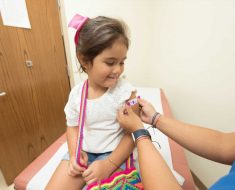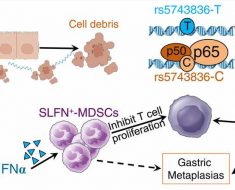SUMMARY
EIT Digital is putting its weight behind the concept of autonomous robot colleagues for hard-pressed professionals in elderly care provision by supporting the development of SARA (Social & Autonomous Robotic health Assistant) as part of its focus on Digital Wellbeing.
SARA is a consortium-led initiative that aims to improve the quality of care in nursing homes and hospitals by introducing robots as social entities – taking on time-consuming tasks and interacting with patients without requiring a human operator. The consortium includes analytics and data science specialist Bright Cape, Forum Virium Helsinki, GIM Robotics, Curamatik and TU Berlin.
The idea is to address the twin challenges of caring for a rapidly ageing population and an acute shortage of healthcare professionals, helping to balance a workload that is under ever-increasing pressure: it is estimated that 13.8% of nurses deal every week with the consequences of heavy work pressure – medication errors, for example – while patients feel the impact on quality of care.
While there is nothing new about the idea of robot colleagues in healthcare, most of the current generation of robots perform activities that need to be set up and led by a human operator. SARA’s robots will be designed to be mainly autonomous – working independently alongside doctors and nurses, collaborating on regular tasks and even interacting with patients.
A startup – also called SARA – was incorporated in Eindhoven in July with the long-term goal of commercialising the SARA product throughout Europe, with an initial focus on Germany, Finland and the Netherlands.
WHAT’S THE IMPACT?
The base system – SARA Home – will allow nurses to build a personalised profile and health plan for every patient, providing constant support for caregivers.
Two pilot tests are currently underway in nursing homes in Finland and the Netherlands, addressing the particular needs of first-stage dementia patients in closed psychiatric departments. One of the main challenges in this environment is that nurses don’t have enough time to spend with patients on exercises that could actually improve their mental and physical fitness – and most importantly, help them to avoid entering the second, more acute stage of the illness.
In this scenario, SARA robots could fill that gap, interacting with patients and giving them simple exercises to perform. For example, the robot could ask the patient to associate a word with the right colour, or choose the most appropriate story to fit a particular context.
“At the moment, the product is still in prototype version, we are fine-tuning and iterating its development working together with nursing homes in a collaborative approach, mimicking the work of a nurse with a robot and testing the first functionalities with them,” said Bright Cape project manager Emmy Rintjema.
WHAT’S THE TREND?
In 2020, the project team will implement a navigation algorithm that will allow robots to move freely in specific areas of the nursing facility – extending the benefits of autonomous assistants to a wider range of activities.
ON THE RECORD
“We believe that robots could give a great contribution to healthcare, not to replace nurses but to collaborate with them and reduce their workload, so they have more time to spend with their patients,” said Rintjema. “They might also help to reduce the errors due to high time pressure.”
Healthcare IT News is a HIMSS Media publication.
Source: Read Full Article





